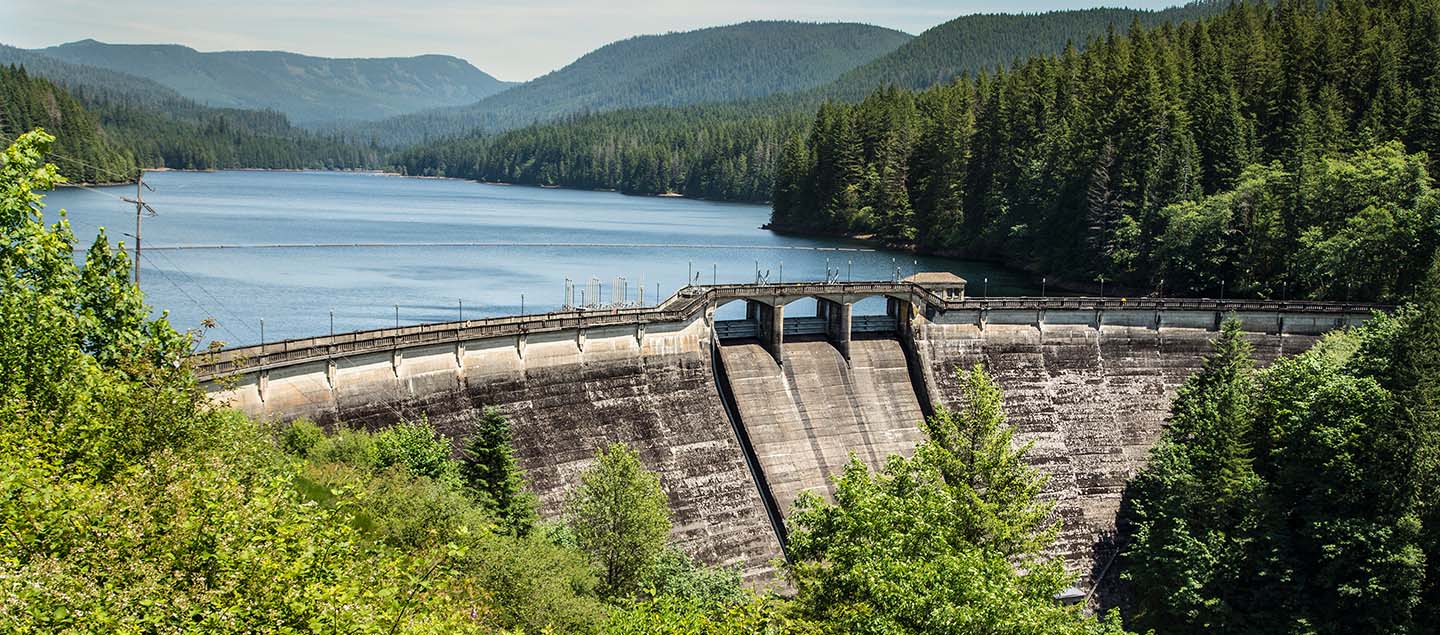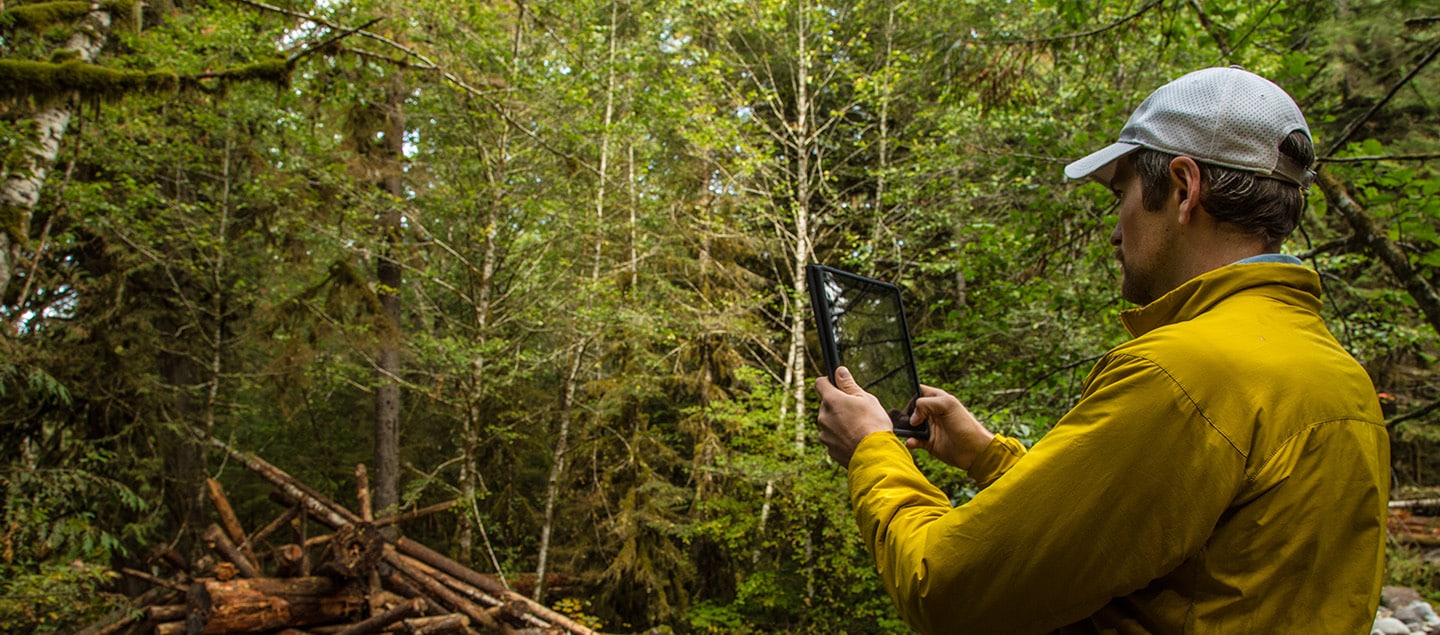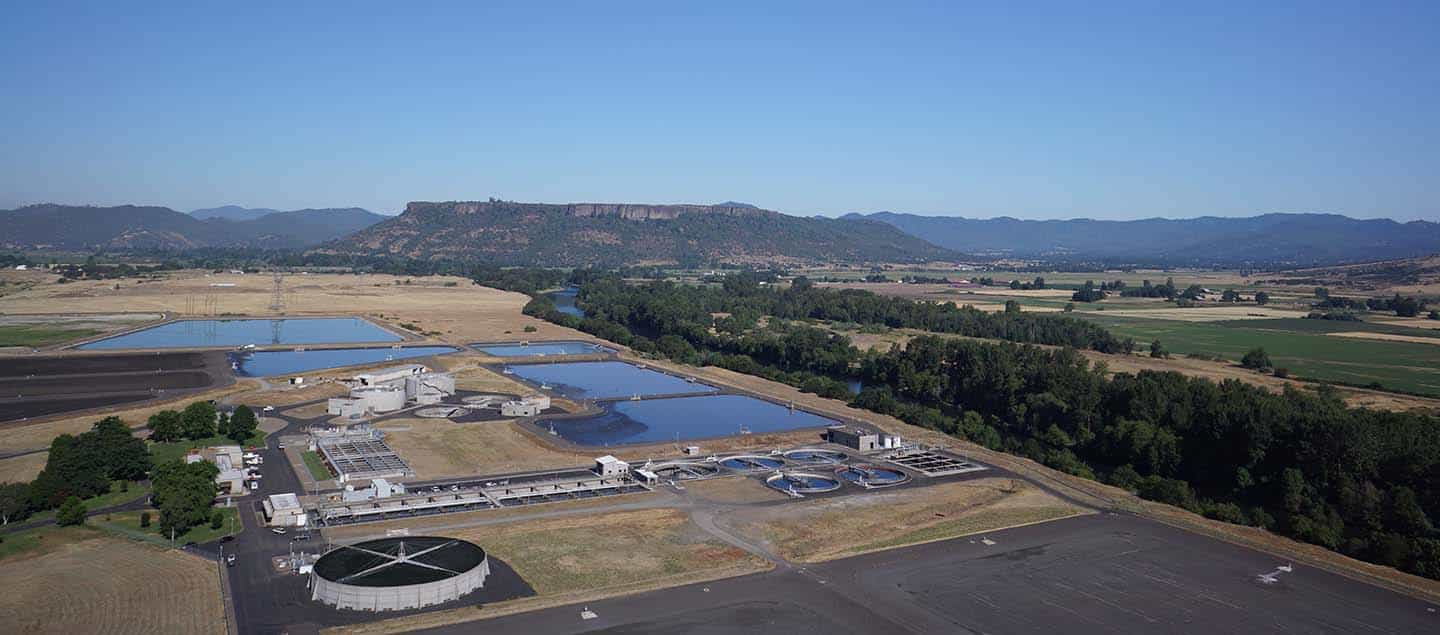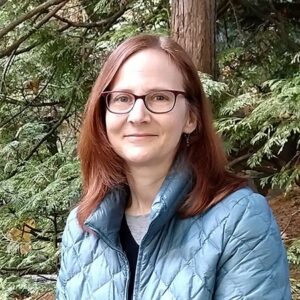Creating watersheds of the future
No matter where you are, you’re in a watershed.
Like neighborhoods, they vary widely.
The largest drainage system in North America, the Mississippi River Basin, covers 31 states and two Canadian provinces. It funnels water from 40% of the United States into the Gulf of Mexico. Differently, Oregon’s Sandy River Basin covers less than 500 square miles across only two counties. The glacial-fed river and its tributaries provide clean drinking water for more than 800,000 people and habitat for endangered fish.
Also like neighborhoods, their functionality and health is intrinsically tied to the health of people, economies and wildlife.
So how do we ensure they support us for years to come?
Ask questions
How should your watershed function over the next several decades to support all its users and the environment? What will be the key drivers of watershed health? Stakeholders should consider clear answers to these questions to being the process of ensuring a resilient watershed:
- Will the watershed provide an ample supply for drinking, agriculture and industry?
- At the same time, will there be enough water for fish and wildlife?
- Will it have natural or developed areas surrounding its rivers and streams?
- Would people have access to its recreational opportunities?
- Will it be resilient to more frequent periods of flooding and drought?

Drinking water in northern Oregon is collected from rain and snowmelt and drains into the Bull Run Reservoir. The forested Bull Run Watershed is protected from development.
Share information
Water links us to our neighbors in profound ways. Building an integrated plan for managing a watershed will have to cross political and geographical boundaries. Agencies, utilities and other stakeholders gain little by working in silos, where important data isn’t shared or aggregated. Through the sharing of information, we can create a view of the watershed that extends beyond borders.
In many regions, watershed-wide goals are either not required or not clearly detailed and described. Without a clear accounting system for progress, an important opportunity for stakeholders to create and coordinate actions that will move the watershed toward sustainability is missed.
Much like an effective politician “crossing the aisle,” watershed-wide programs bring together multiple parties to tackle the actionable goals for the benefit of all.
Take stock
Even the most robust planning doesn’t get us very far without using a yardstick for measuring success. Any actions undertaken for the watershed need to be measured and tracked. There are many tools available to collect data, such as real-time monitors for water quality and quantity; satellite, drone and aerial imagery; and a host of on-the-ground methods and models to demonstrate the outcomes of actions.

With the right administrative and reporting tools, stakeholders can understand the benefits of each dollar invested in watershed management and conservation as a contribution to watershed-wide goals; as pounds of avoided sediment loading each year, as increased infiltration to groundwater, as habitat for endangered species. The benefits of these actions are measurable and trackable.
Collaborative action can best be used to meet watershed objectives by coordinating planning, implementation, and tracking.
Shining examples
In Oregon’s Rogue River Basin, the Rogue Restoration Action Plan (RRAP) was created by multiple partners in 2015 to identify the priorities that will help accelerate the scale and effectiveness of conservation and restoration for the benefit of water quality, water quantity, and fish and wildlife habitats over a 10-year period. The RRAP complements agency plans for forest and fish recovery programs in the same region. With flow conservation, aquatic habitat restoration, and pollutant load reductions in mind, the plan is aligning efforts on high-priority projects that improve watershed health.

The Freshwater Trust has been engaged in streamside revegetation projects for the Medford wastewater treatment facility since 2012.
For example, a long-term water quality trading program to address water temperature by the City of Medford brings together the regional reclamation facility and private landowners to implement targeted streamside revegetation projects approved by state regulators. These projects, alongside large wood placements and instream habitat improvements for endangered fish by the Bureau of Reclamation, as well as watershed council grant funding, have all been coordinated to achieve maximum improvements to watershed health over time.
All stakeholders are onboard to adaptively manage and improve goal setting and tracking over time.
In Oregon’s Sandy River Basin, a coordinated and science-based watershed restoration plan has helped a dozen stakeholders secure more than $10 million in grant funding to collectively implement the plan.
Nine years in, all habitat restoration projects have been installed and targets for endangered fish have been reached, an accelerated pace of completion that would not have been possible without a high degree of collaboration.
California has recently enacted legislation that will collect critical information regarding the sustainable management of groundwater resources. While the Sustainable Groundwater Management Act (SGMA) paves the way for a plan to sustainably manage groundwater in the state, the planning efforts are in the hands of individual local agencies. In the Sacramento-San Joaquin River Delta, more than 15 districts could create separate groundwater sustainability plans within the same hydrologically connected aquifer and watershed. There is a distinct opportunity for these agencies to work together for a comprehensive, basin-wide plan to address the real challenges and opportunities.
More than $450 billion in foods, fiber, manufactured goods and tourism depend on watersheds.
We all reap the benefits when they’re healthy and all feel the consequences when they’re ailing.
For this reason, the only way forward is together.
February 27, 2017#blog #Medford Oregon #Sandy River Basin #Streamside #water quality #Watershed
Enjoying Streamside?
This is a space of insight and commentary on how people, business, data and technology shape and impact the world of water. Subscribe and stay up-to-date.
Subscribe- Year in Review: 2023 Highlights
By Ben Wyatt - Report: Leveraging Analytics & Funding for Restoration
By Joe Whitworth - Report: Transparency & Transformational Change
By Joe Whitworth - On-the-Ground Action – Made Possible By You
By Haley Walker - A Report Representing Momentum
By Joe Whitworth

